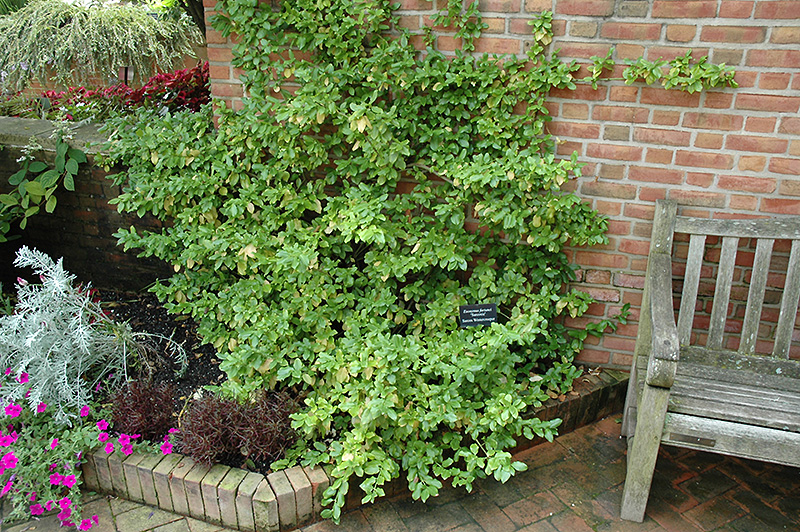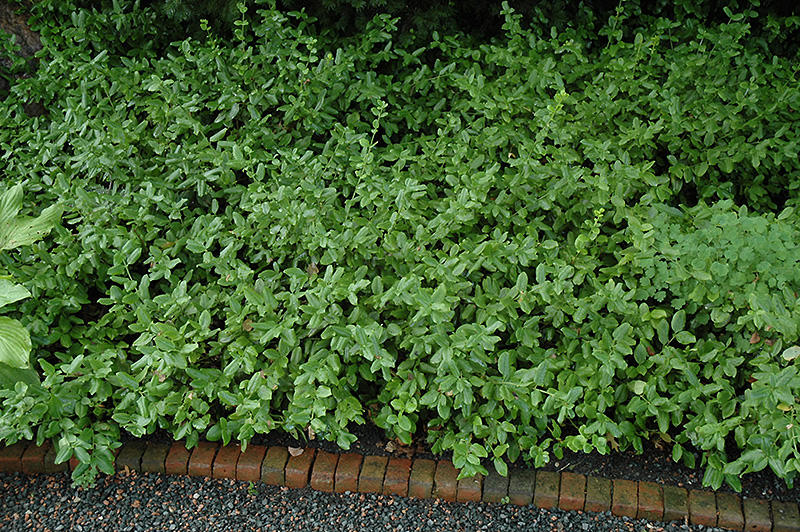VANDERMEER
PLANT LIBRARY
Find the perfect plant for your space by browsing through this extensive selection that we typically carry every year.
This library is for information purposes only.
Sarcoxie Wintercreeper
Euonymus fortunei 'Sarcoxie'
Height: 4 feet
Spread: 12 feet
Sunlight:
![]()
![]()
![]()
Hardiness Zone: 5a
Other Names: Wintercreeper Euonymus
Description:
A spreading, sprawling broadleaf evergreen vine with dark green leaves sporting white accents; can actually grow to be a large shrub or trained to climb structures; very versatile and adaptable, makes a great color accent
Ornamental Features
Sarcoxie Wintercreeper is primarily grown for its highly ornamental fruit. It features abundant showy shell pink capsules from mid to late fall. It has attractive white-variegated dark green foliage. The glossy oval leaves are highly ornamental and remain dark green throughout the winter.
Landscape Attributes
Sarcoxie Wintercreeper is a multi-stemmed evergreen shrub with a ground-hugging habit of growth. Its relatively fine texture sets it apart from other landscape plants with less refined foliage.
This shrub will require occasional maintenance and upkeep, and can be pruned at anytime. Gardeners should be aware of the following characteristic(s) that may warrant special consideration;
- Insects
Sarcoxie Wintercreeper is recommended for the following landscape applications;
- Mass Planting
- Hedges/Screening
- General Garden Use
- Groundcover
Planting & Growing
Sarcoxie Wintercreeper will grow to be about 4 feet tall at maturity, with a spread of 12 feet. It tends to fill out right to the ground and therefore doesn't necessarily require facer plants in front. It grows at a fast rate, and under ideal conditions can be expected to live for approximately 30 years.
This shrub performs well in both full sun and full shade. It is very adaptable to both dry and moist locations, and should do just fine under average home landscape conditions. It is not particular as to soil type or pH. It is highly tolerant of urban pollution and will even thrive in inner city environments, and will benefit from being planted in a relatively sheltered location. This is a selected variety of a species not originally from North America.






